The pictoresque village of Stilo dominates the suggestive "Stilaro Valley", a valley full of sunshine and colours that reaches as far as the crystal-clear waters of the Ionian Sea. We are in a very special portion of southern Italy, where sea and mountains create a perfect alchemy of weather.

Taking you on a trip to discover this hidden gem of Calabria, it will be an amazing journey of history, tradition, culture and natural beauty.
Let's waste no more time, let's go and unveil the beauty of this village.
What to see in Stilo
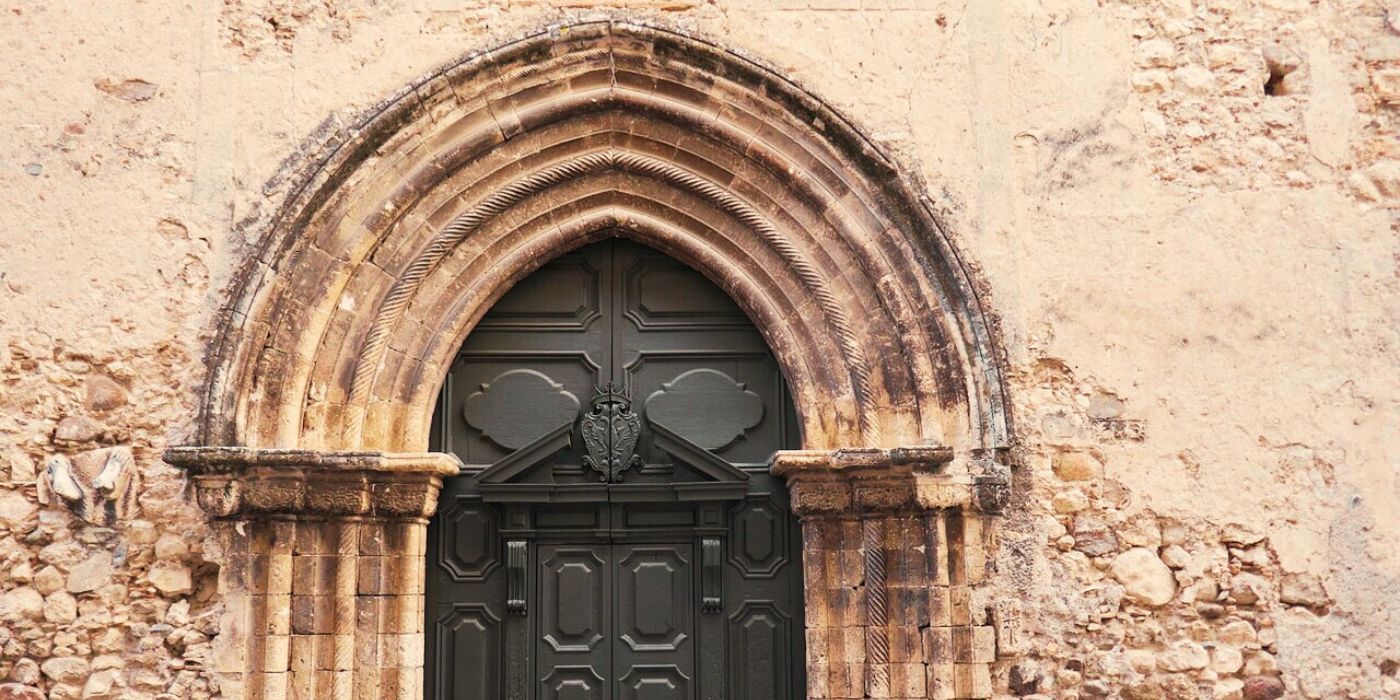
Cathedral of Stilo
The history of Stilo has its roots in the 4th century B.C., when it was founded by the Greeks who previously occupied the coast. Initially it was baptised Kosilinon, or “village of the moon”, and later Stilida (column) for its elevated position. Near the coast, the remains of a large temple and ancient baths are still visible.
But the golden age of this picturesque village is undoubtedly the medieval period. The town was surrounded by walls with five splendid gates, still visible today. Its tranquillity made it the perfect place for the construction of monasteries, which sprang up numerous during this period.
The most famous of the monks that Stilo hosted was the philosopher Tommaso Campanella. A great exponent of the Italian Renaissance, he was the author of the famous poem “The City of the Sun”, the name by which the town of Stilo is still nicknamed today. The house where he was born and the humble convent cell where he lived and wrote his texts, near the Church of San Domenico, can still be visited.
The town was an important religious centre, as is shown by its astonishing Cathedral. The church is striking for its imposing structure in Gothic-Norman style, dating from around the 12th century. On the wall are some bizarre fragments: such as the feet of a statue from Roman times and some bas-reliefs from the Byzantine era. Inside, the eyes are immediately caught by a large canvas depicting the Madonna and Jesus, a masterpiece by Caracciolo.
In modern times it became an important industrial hub for the production of iron, abundant in the mountains of the area, the smithies, which can still be visited today, tell the story of an ingenious and dedicated people.
The Cattolica of Stilo
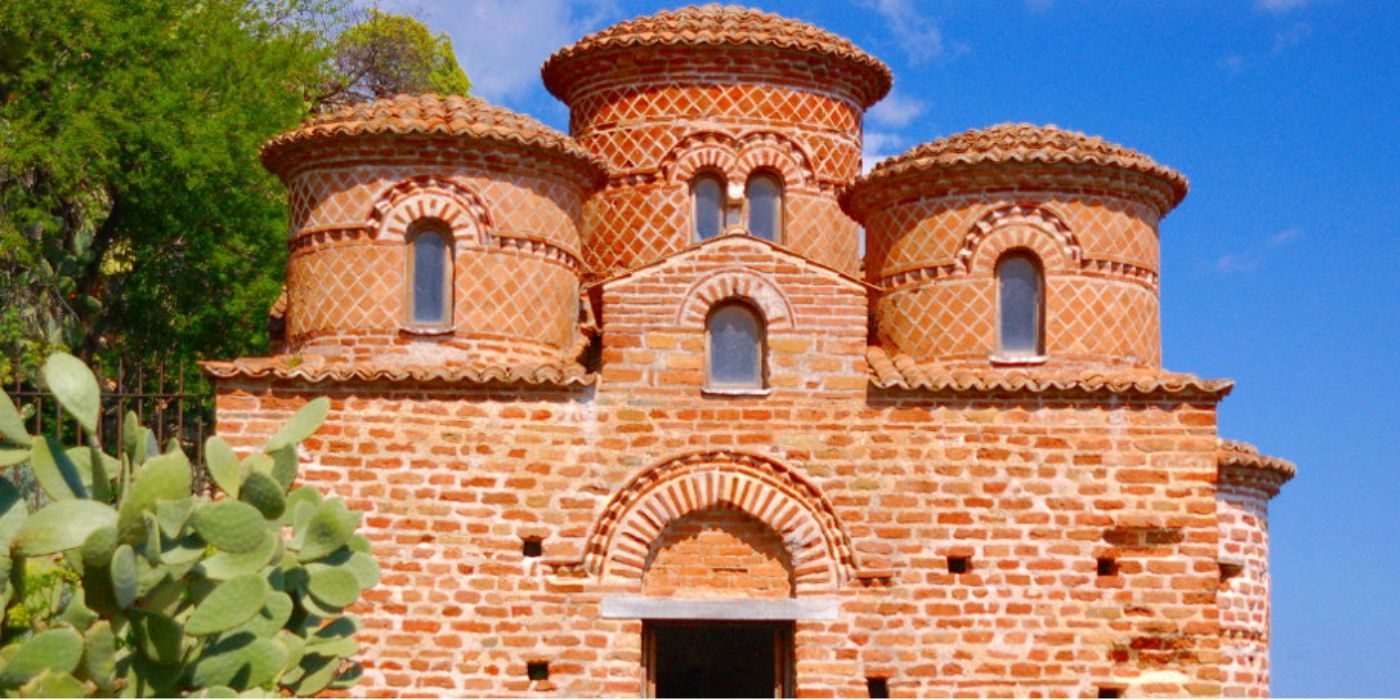
The Cattolica of Stilo
It is impossible not to be astounded by the beauty of the Cattolica of Stilo. It is a small Byzantine church, perched in the rock, from which five cupolas made of bricks rise up. The result is breathtaking. The access road is narrow and overhanging the valley. Here you will enjoy a total panorama of the coast and the course of the Stilaro river.
Inside, you will be amazed at the view of the splendid, brightly coloured frescoes that cover the walls with religious scenes. The four granite columns rest on elegant bases from the Greek era and also feature numerous carvings in Arabic.
The church dates as far back as the 9th century and is unique in Italy for its beauty and as an example of Byzantine art. Its skyline is represented in the passports of Italian citizens to the present day.
The Abbey of St John Therestis
-min.jpg)
The Abbey of St John Therestis
The huge structure is a treat for the eyes. It is characterised by a fine grey and pink granite doorway on top of which is a balcony engraved with the name of the prior who had it built.
It has a magnificent dome supported by two round arches and two pointed arches. Inside you will find a 12th century painting of the Madonna Enthroned with Child, blessing.
The relics of St John Therestis, whose story lives between truth and legend, have been kept here since 1600. Numerous miraculous healings and real miracles are attributed to him, such as crossing the Straits of Messina on a boat without oars or a sail .
The Norman Castle of Stilo
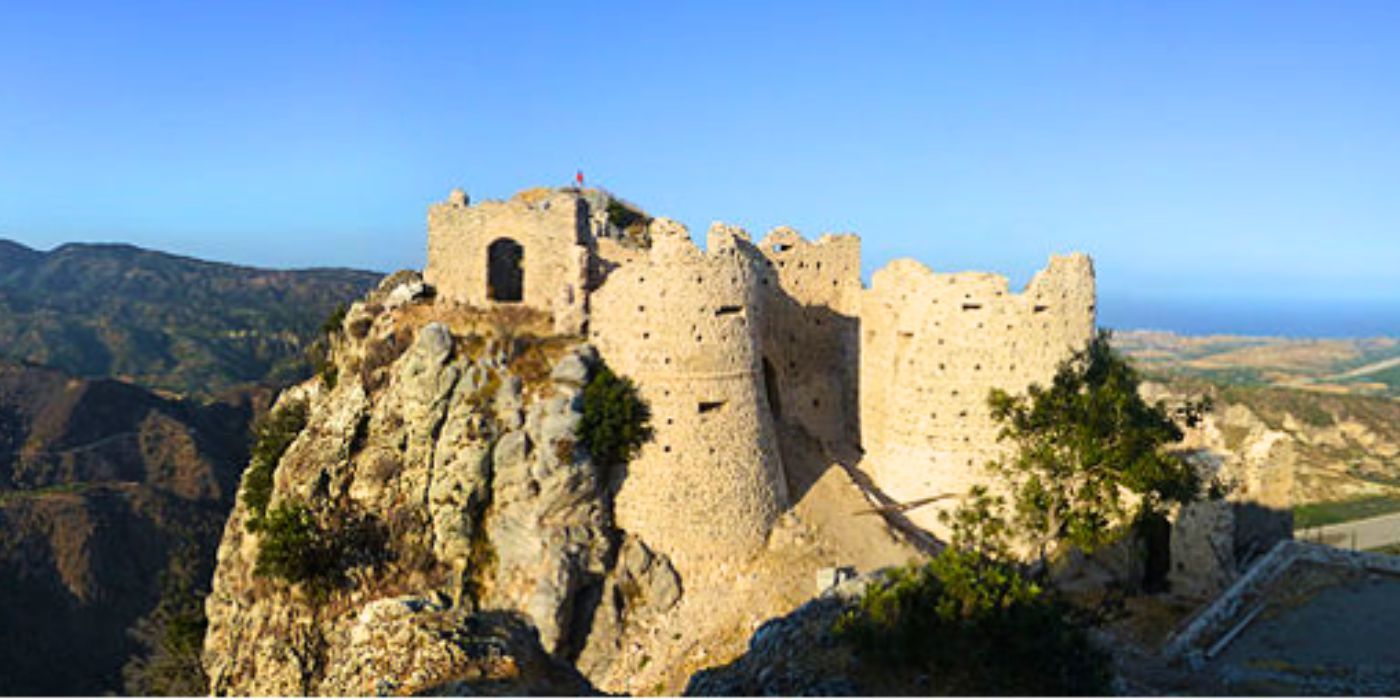
The Norman Castle of Stilo
The Castle of Stilo is a great example of the history of this beautiful village. The fortress dominates the Stilaro Valley.
Its construction dates back to Norman rule (11th century). King Roger II ordered its construction to have control over the territory and to sight possible Saracen attacks from the sea.
The castle has triangular towers except those surrounding the fort, which are circular in shape. Legend has it that it was here that the people of Stilo defeated the Saracen army by throwing ricotta cheese, a food unknown to the Arabs, at them, which would have been poisoned.
The legendary castle can only be accessed via a footpath that starts right from the site of the magnificent Cattolica. The scenic route is marked by the 14 Stations of the Cross, at the end of which you can see the castle, whose perimeter walls are now visible.
The Palio of Ribs
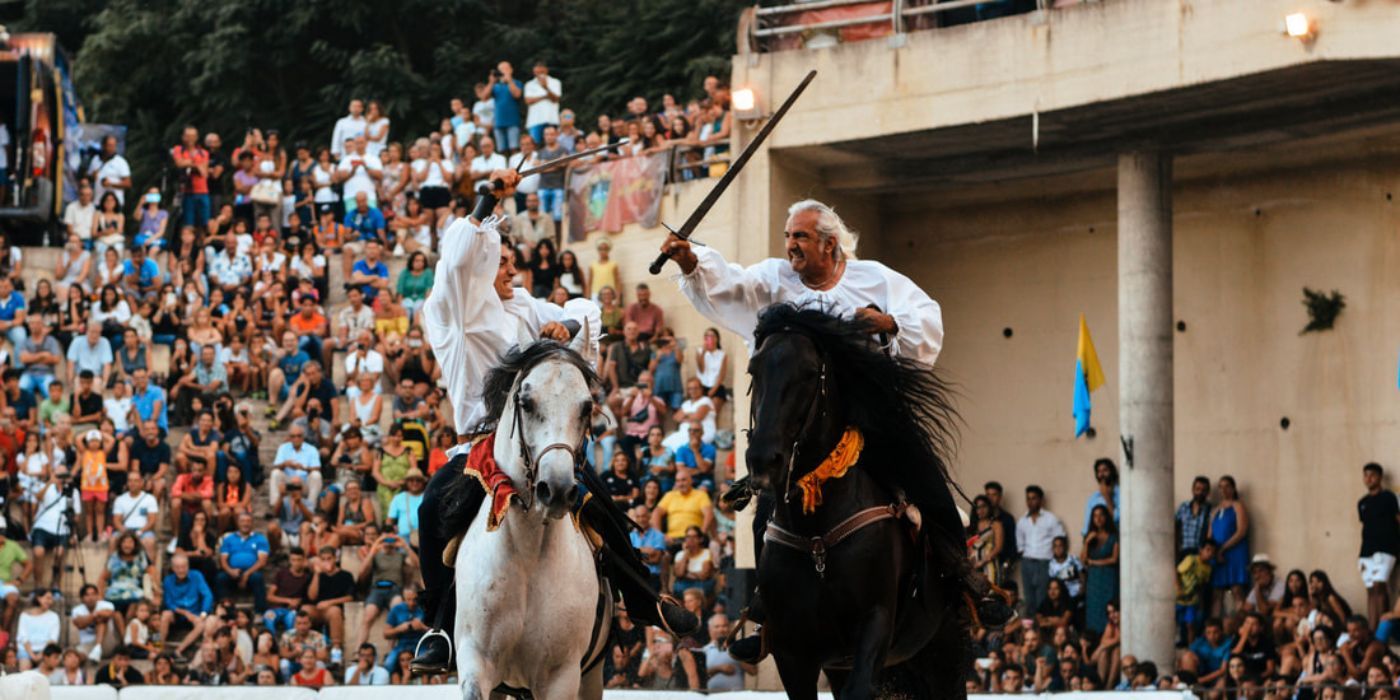
Knights of the Palio di Ribusa
What is the perfect time to visit this village steeped in history? The answer is definitely the first week of August. Every year, the characteristic Palio di Ribusa takes place at this time.
You will find armoured knights strolling through the streets with their harnessed horses, well-dressed damsels and plenty of jugglers, acrobats, craftsmen and stands. In fact, it is the largest historical re-enactment in Calabria of medieval and Renaissance times.
In this fair with a centuries-old tradition (it has been going on since 1600) different factions challenge each other in numerous trials in order to elect a winner.
Where Stilo is located
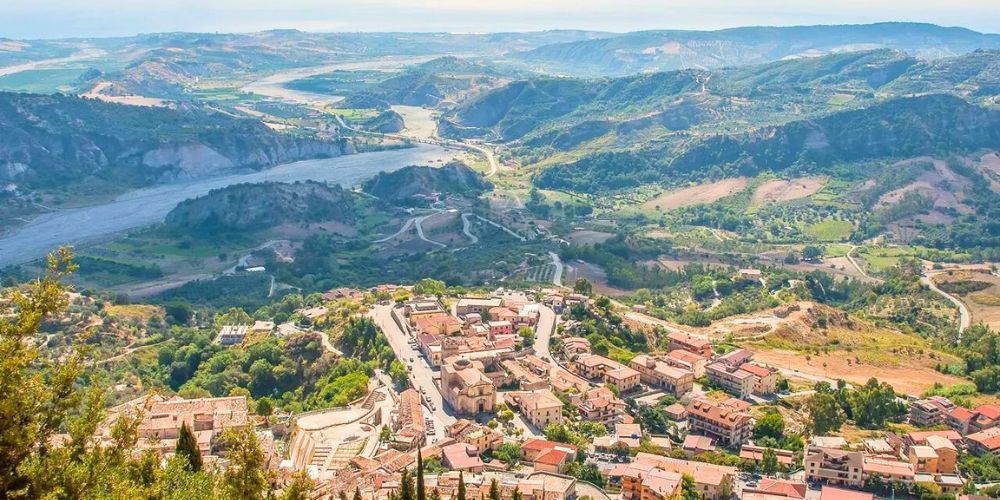
The Stilaro valley
The charming village of Stilo is located exactly halfway between the cities of Reggio Calabria and Catanzaro, about an hour from both, on the Ionic side of Calabria.
Around the village there are other exquisite villages on various hills, which are definitely worth a look.
The area is also perfect for a stroll by the sea or a swim in the clear waters of southern Italy.
We hope that this discovery trip to this precious gem of Calabria has inspired you and given you the right tips for your next visit to Italy.
About the author
Written on 12/09/2023


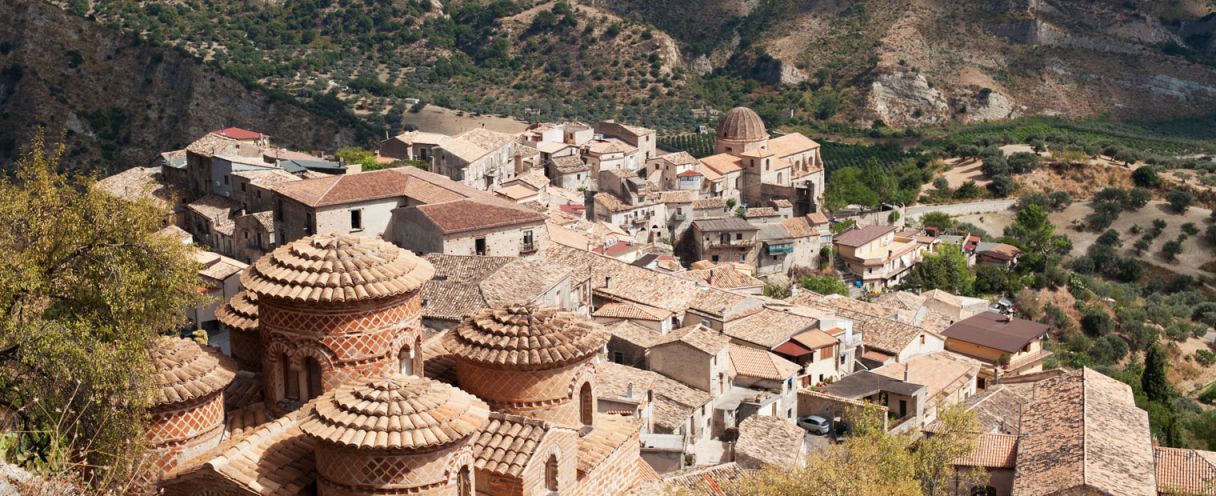
Luciano Siviglia
Discover the hidden treasures of the magic village of Stilo, in the Calabrian mountains, included in the list of the most beautiful villages in Italy.